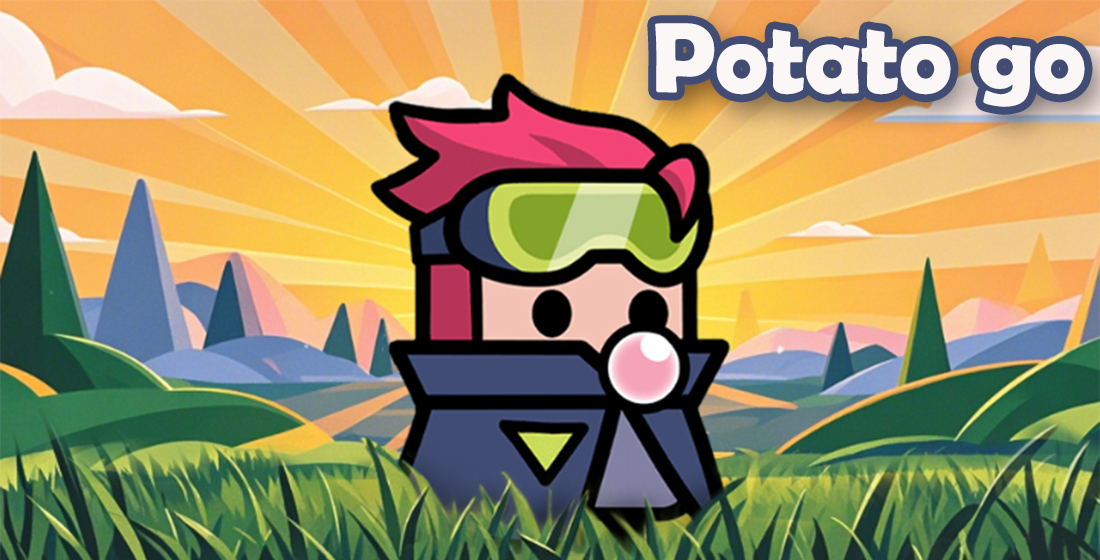Building Games: Designing Digital Realms That Ignite Creativity and Strategy
In the expansive world of gaming, there's a unique niche that captures the hearts and minds of players: building games. These gamified experiences allow players to construct, strategize, and unleash their creative potential. They serve not just as a form of entertainment but as platforms for innovation and strategy. Have you ever pondered what goes into making a building game? Let’s dive deep into this intriguing realm!
What Are Building Games?
Building games are interactive experiences that typically focus on the construction and management of virtual environments. Players often engage in creating structures, crafting items, and sometimes even managing communities. Think of iconic titles like Minecraft or The Sims, where creativity is the key and there are no limits to what players can achieve.
The Importance of Creativity in Games
Games that prioritize creativity have been shown to enhance problem-solving skills and foster imagination. Players are encouraged to think outside the box, explore, and innovate. This can lead to extraordinary gameplay experiences where the only limit is the player's imagination.
Strategic Thinking in Building Games
Beyond creativity, many building games require players to devise strategies for resource management. One must balance various elements: expanding their realm while ensuring sustainability. When you think of strategy in gaming, building games take the cake with their intricate design mechanics.
How to Engage Players Effectively
- Incorporate **user-friendly interfaces**
- Create **compelling storylines**
- Foster a sense of **community** among players
- Implement **reward systems** to keep engagement high
Popular Building Games Today
| Game Title | Release Year | Key Features |
|---|---|---|
| Minecraft | 2011 | Open-world, crafting, survival modes |
| The Sims | 2000 | Life simulation, customizable characters |
| Terraria | 2011 | 2D pixel art, exploration, crafting |
| Roblox | 2006 | User-generated games, social interaction |
Exploring Game Development Challenges
When creating a building game, developers face a myriad of challenges. One such challenge is ensuring the game remains bug-free. For instance, some games, like GW2, experience connectivity issues such as **crashes after every PVP match**. Ensuring smooth gameplay is critical for retaining players' interest.
How to Foster an Innovative Game Environment
Innovation is the heartbeat of any successful game. Developers should invest time in community feedback to refine their gaming experiences. Every update should be a step toward addressing player concerns, which fosters a sense of ownership and involvement among players.
The Role of User Feedback
User feedback is essential in game design. By listening to players, developers can make informed decisions on what features to enhance or eliminate. This process creates a feedback loop that engenders growth and improvement.
The Future of Building Games
As technology evolves, so does the potential of building games. We are on the cusp of revolutionary advances that could change gameplay experiences forever. Virtual reality, augmented reality, and AI-driven narratives are just a few areas ripe for exploration.
Moon RPG Game: An Example of Creative Building
A fantastic example of a building game that incorporates RPG elements is the **Moon RPG Game**. This game allows players to explore an alien universe, construct their own worlds, and forge unique narratives. The marriage of RPG mechanics and building gameplay creates an engaging experience that captivates players.
Mitigating Technical Issues
Developers need to prioritize quality assurance during the testing phases to identify any bugs or inconsistencies. Technical hiccups can be the death knell for any building game, as players expect seamless experiences.
Community Building in Gaming
Building games thrive on community engagement. By fostering an environment where players can share creations, developers strengthen the player base. Community events, contests, or collaborative builds can create lasting engagement.
Creating Accessibly Designed Games
Accessibility in gaming is often overlooked. Developers should aim for designs that allow everyone, regardless of skill level, to enjoy building games. Incorporating tutorials, hints, and varied difficulty levels helps meet this goal.
Learning from Success and Failure
Every successful game stems from lessons learned, both from failures and triumphs. Analyzing past designs, player reactions, and industry trends can provide invaluable insights for future projects.
Conclusion: The Never-Ending Journey of Building Games
In conclusion, building games represent a unique blend of creativity and strategy that captivates players around the world. By investing in innovative designs, listening to player feedback, and overcoming development challenges, game creators continue to push the envelope in this dynamic industry. The journey of crafting these digital realms is never-ending, as new technologies and player preferences evolve. Building games aren't just about bricks and mortar—they're about dreams, innovation, and unbounded possibilities.



